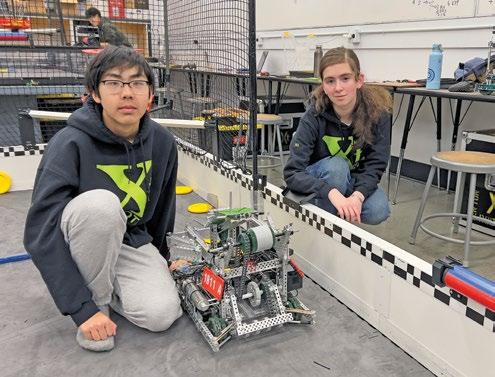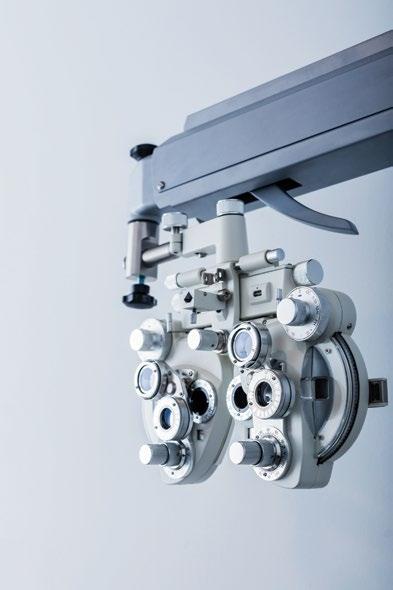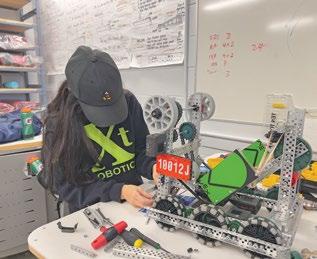
2 minute read
What happens in the Tech Wing?
BY Cari Wilson
It is 3:30 on a Tuesday afternoon in the Tech Wing at West Vancouver Secondary School. There, three rooms are buzzing with activity, noise, and energy. The rooms are filled with equipment, tools, worktables, storage bins, high tech machinery, and playing fields. They are also filled with hand-built robots, engaged, motivated kids, and passionate teachers. This is the domain of West Vancouver School’s Mechatronics Robotics Academy.
Advertisement
The academy has over 125 students in grades 9 to 12 from all three West Vancouver secondary schools. They are taught by five teachers who themselves are trained in computer engineering, electronics, mechatronics, ed-tech, computer programming, science, and math. Students graduating from the programme have been accepted into universities around the world and the #6 ranked team in the world is from the academy. There is also an associated, fully subscribed after-school programme for students in grades 3 to 8 and in 2022, two grade 6 girls from that programme won the World Championship title.
As impressive as these statistics are, they don’t tell the whole story. To understand what’s really going on, you’d have to come visit our classrooms. They aren’t run like typical classrooms.
Classes start with a short meeting and then everyone gets busy. Work and learning are hands-on, with students learning from each other as often as they do from teachers. Each team of two to four students is responsible for designing, build ing, testing, programming and competing a robot. The challenges the robots face on the playing field change every year, so there is always something new to learn.
Along with technical skills, the students learn all kinds of related skills. They learn communication; how to speak politely to adults they don’t know; how to present their ideas and work to judges they’ve never met; how to communicate with their teammates in stressful situations. They all keep professional engineering notebooks, something that many of them will continue to do when they eventually move into jobs in the real world. Being able to communicate what problems you’ve encountered, how you’ve solved them and what your next steps are…. well, I know adults that can’t do that.
They learn collaboration. Competitive Robotics is a team activity. The teams that do the best are the ones that have learned to work together, especially in high stress situations like competitions.
Creative and critical thinking are crucial. Imagine having your robot break apart during a competition. Suddenly you and your team have to rebuild with only the assets at hand. You may need to reprogramme, borrow parts from another team, rebuild...all of this while knowing your next match is only half an hour away.

Students are given real-world tests at every tournament they enter. What do you do when the programme you wrote doesn’t work the way you wanted it to? You debug, test, reprogramme and try again. That’s exactly the kind of test you might see in a realworld application.
When I was in high school, many years ago, robots were imaginary characters in science fiction movies. Now I teach students who build robots, discuss AI and space travel in very matter-of-fact terms and who inspire and amaze me every day. The future looks pretty bright from here in the Tech Wing at WVSS.
Corrections to the Girls with Superpowers article on p.5 of the Jan/Feb 2023 edition: Cari Wilson is one of a team of six instructors in the West Vancouver School Mechatronics Robotics Academy. No longer a grade 7 teacher, she is the Innovation and Technology Lead Teacher in West Vancouver Schools and works with students and teachers across the district.








